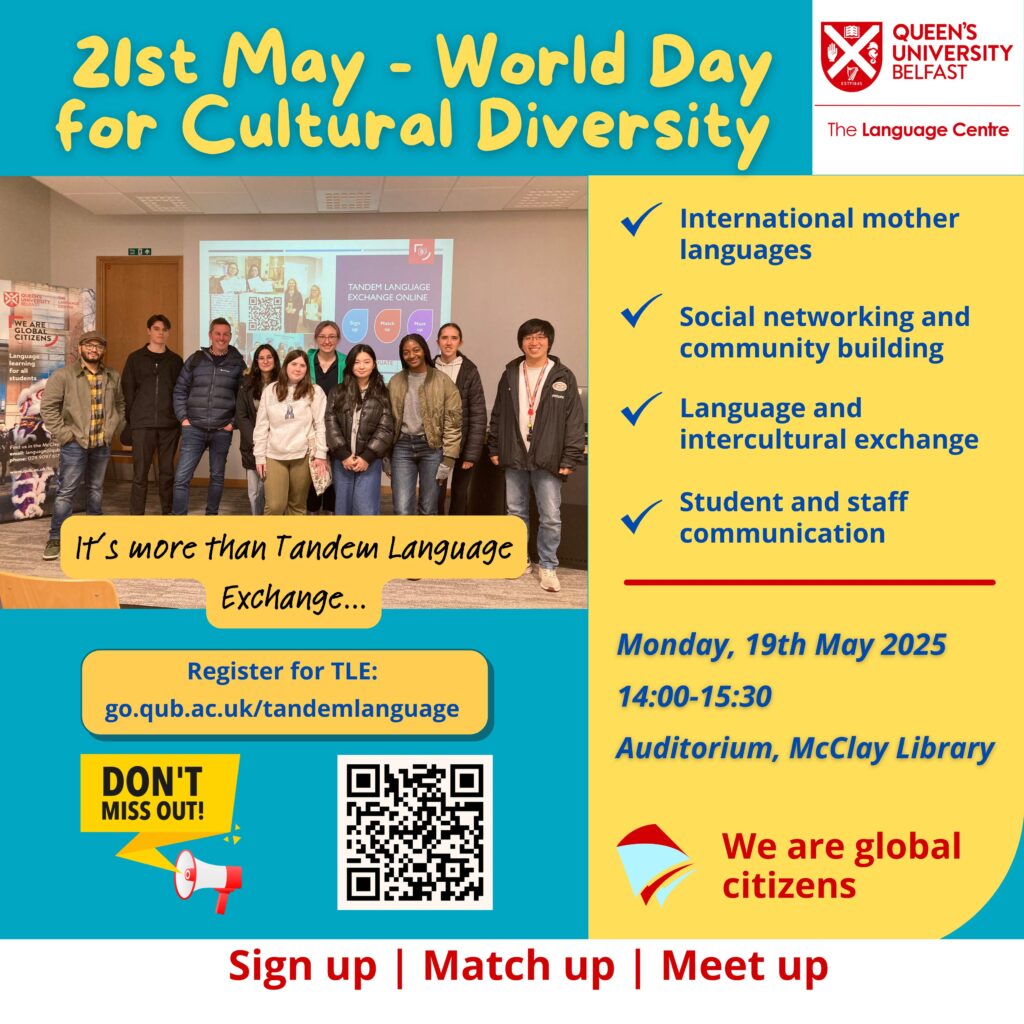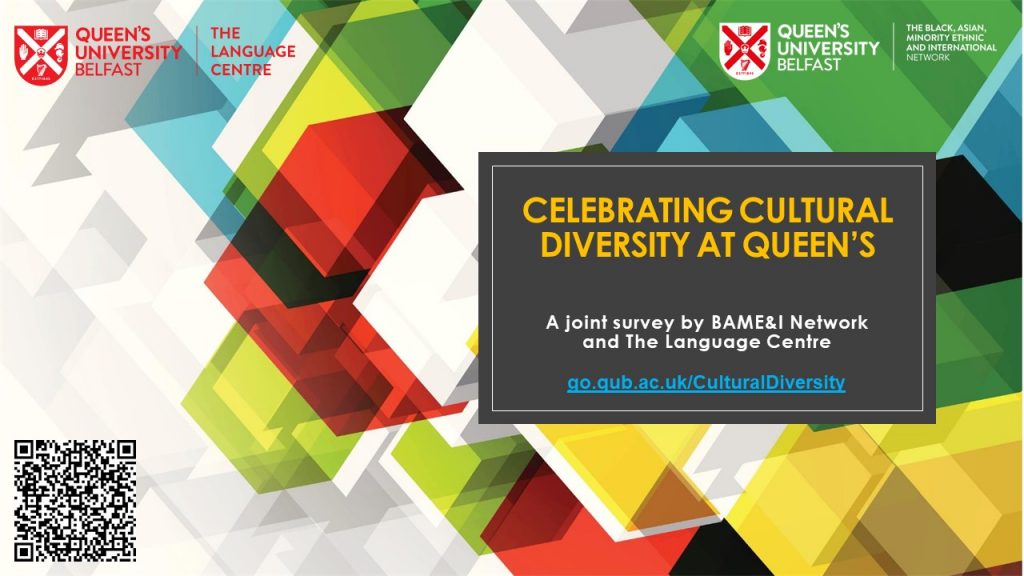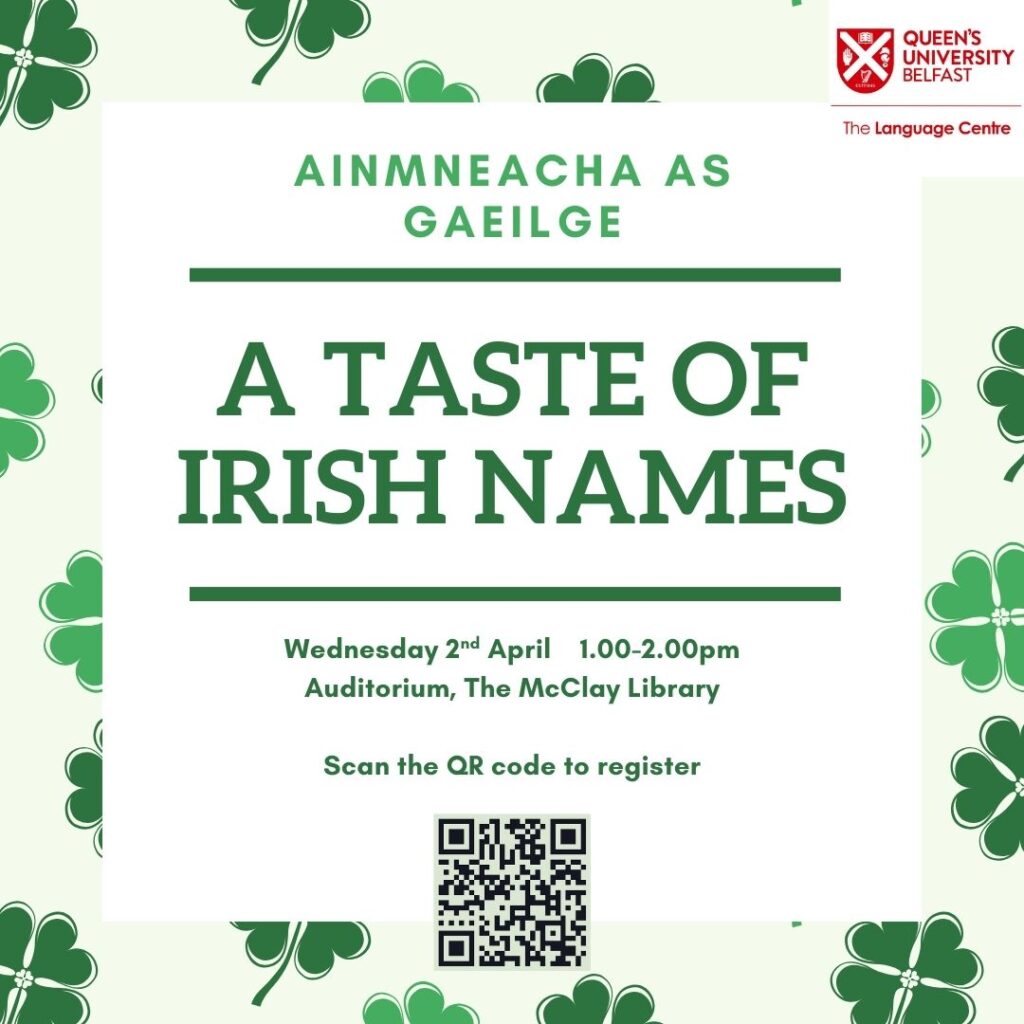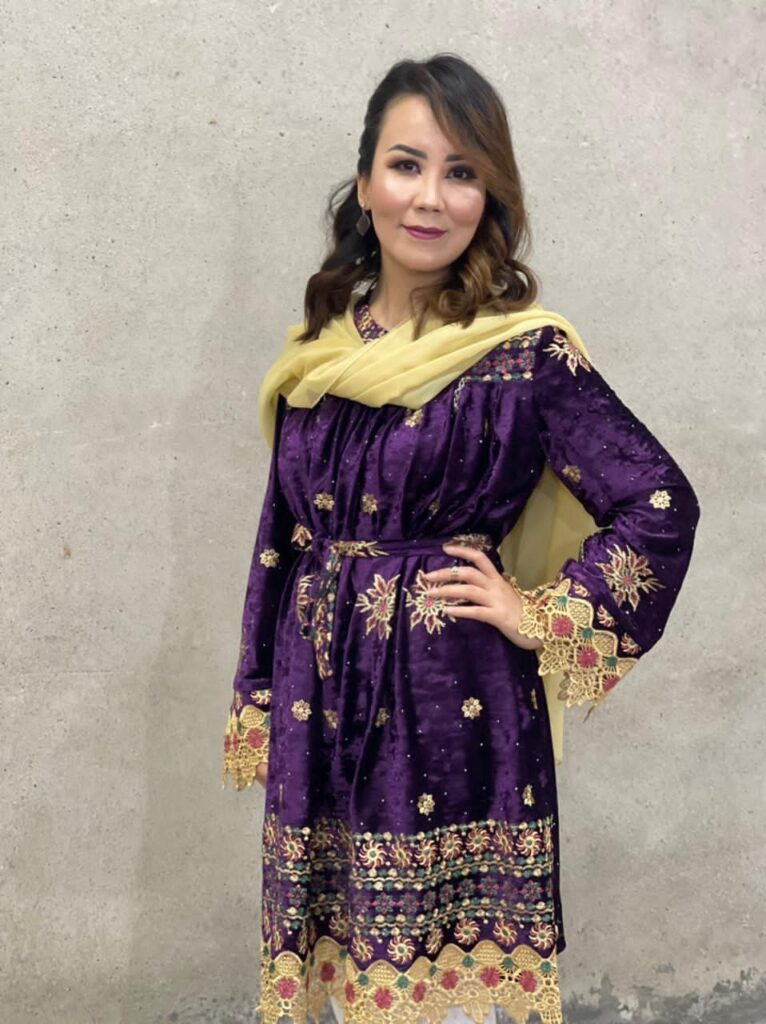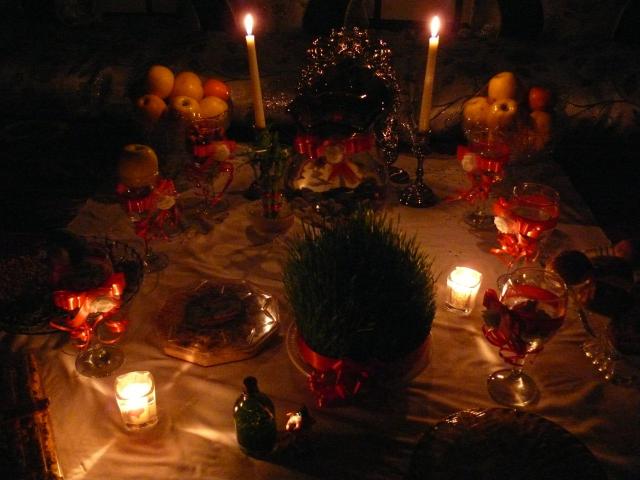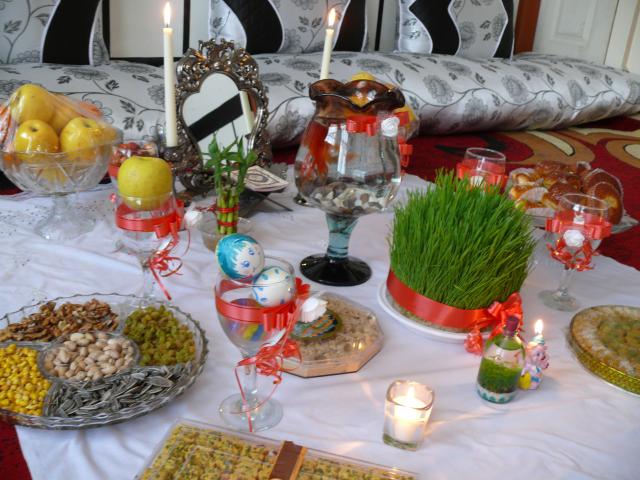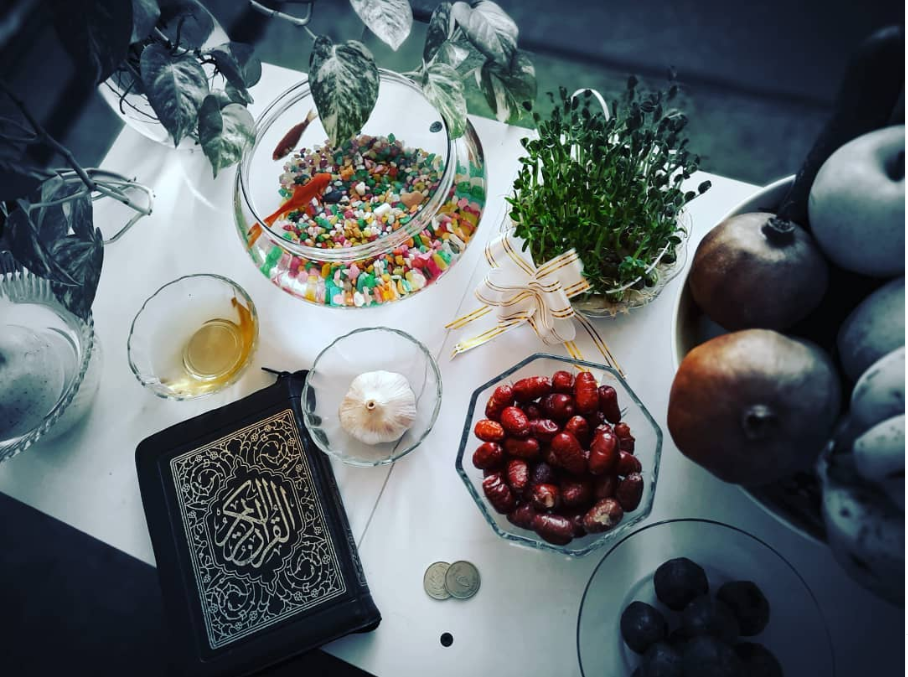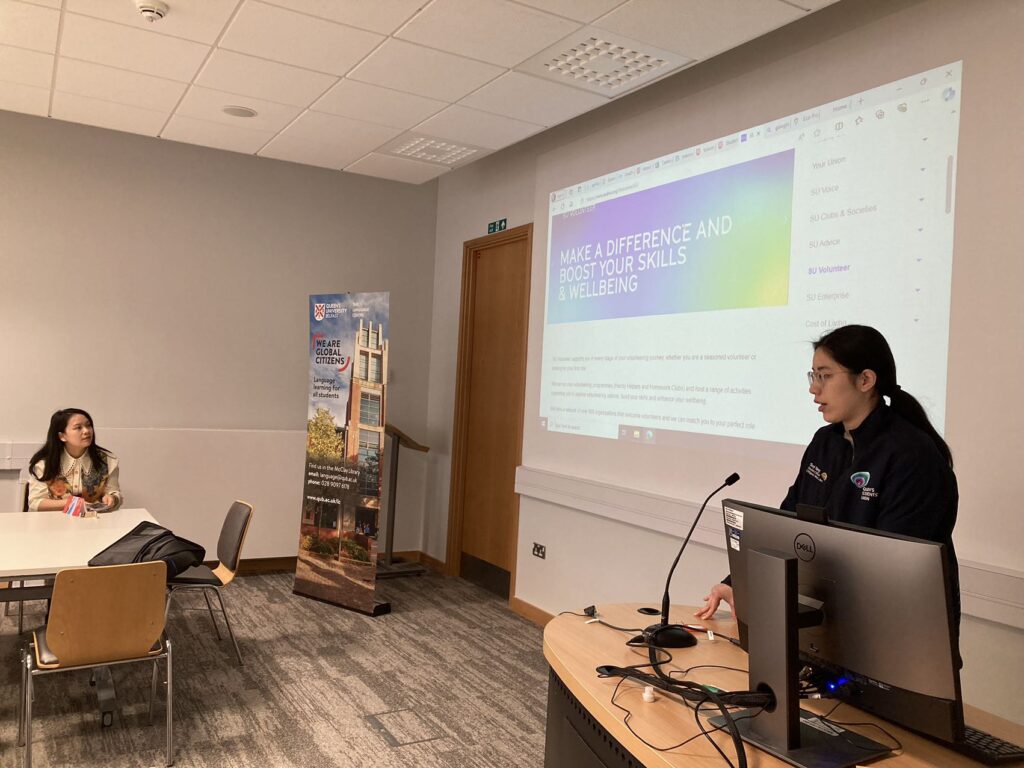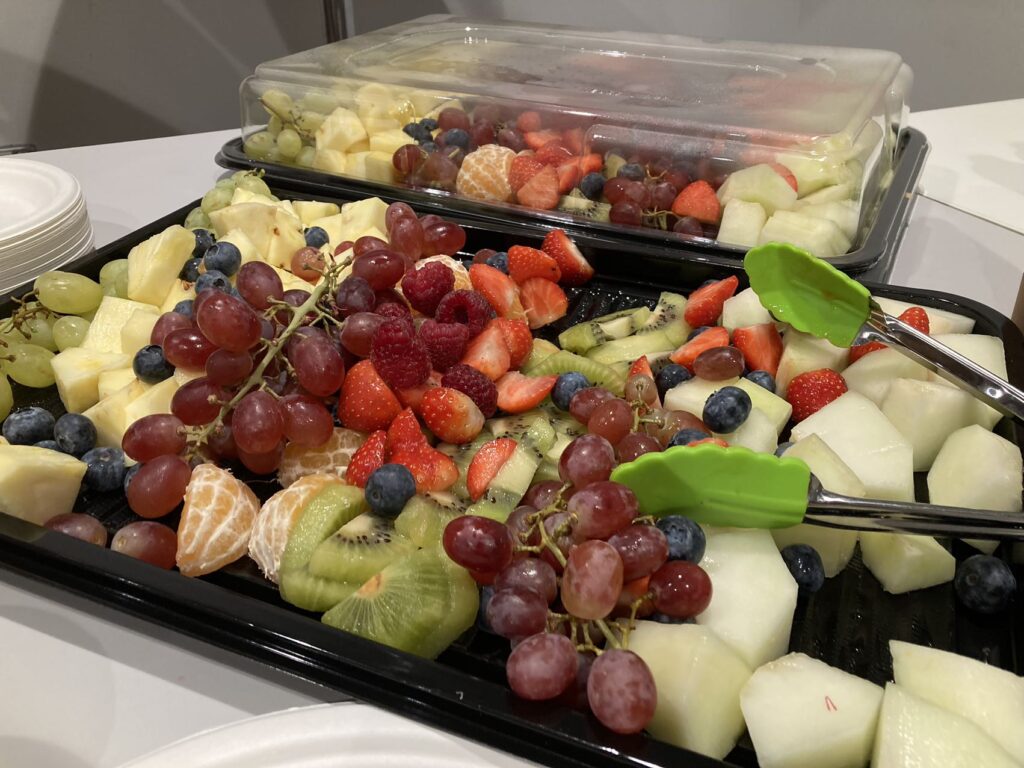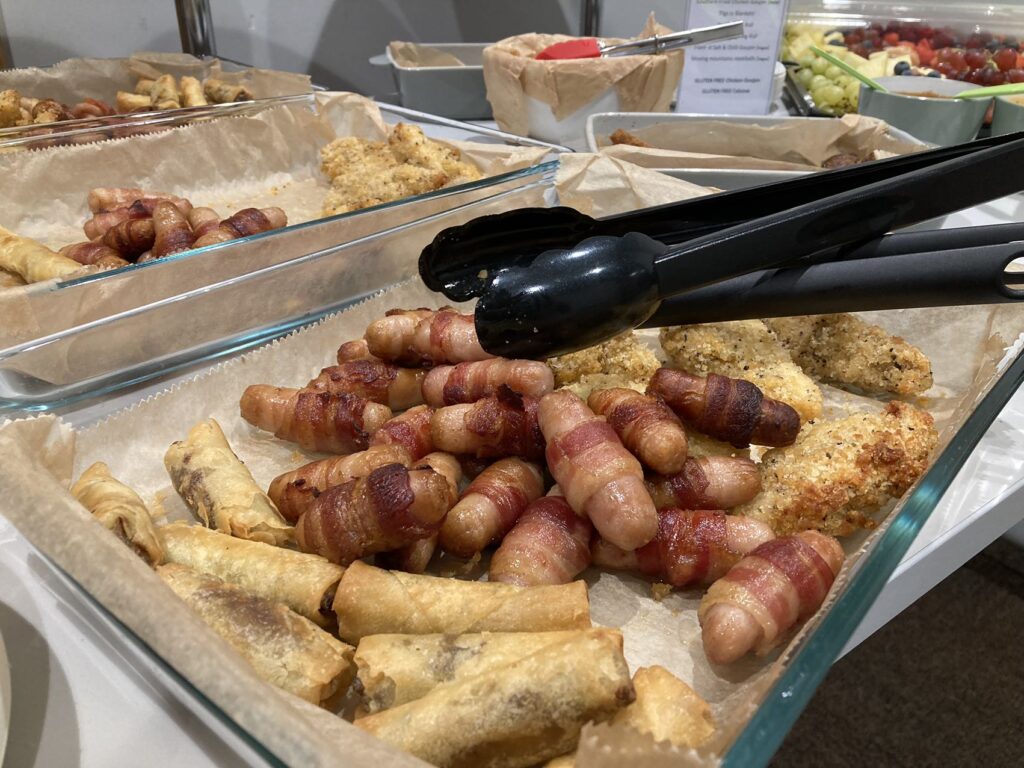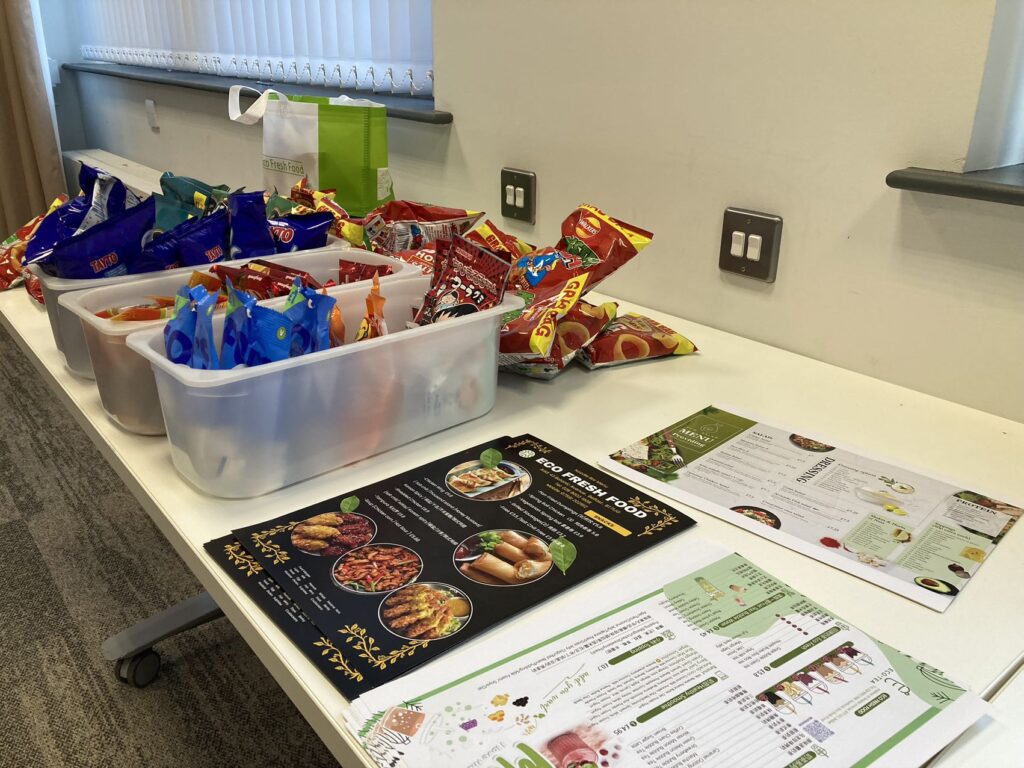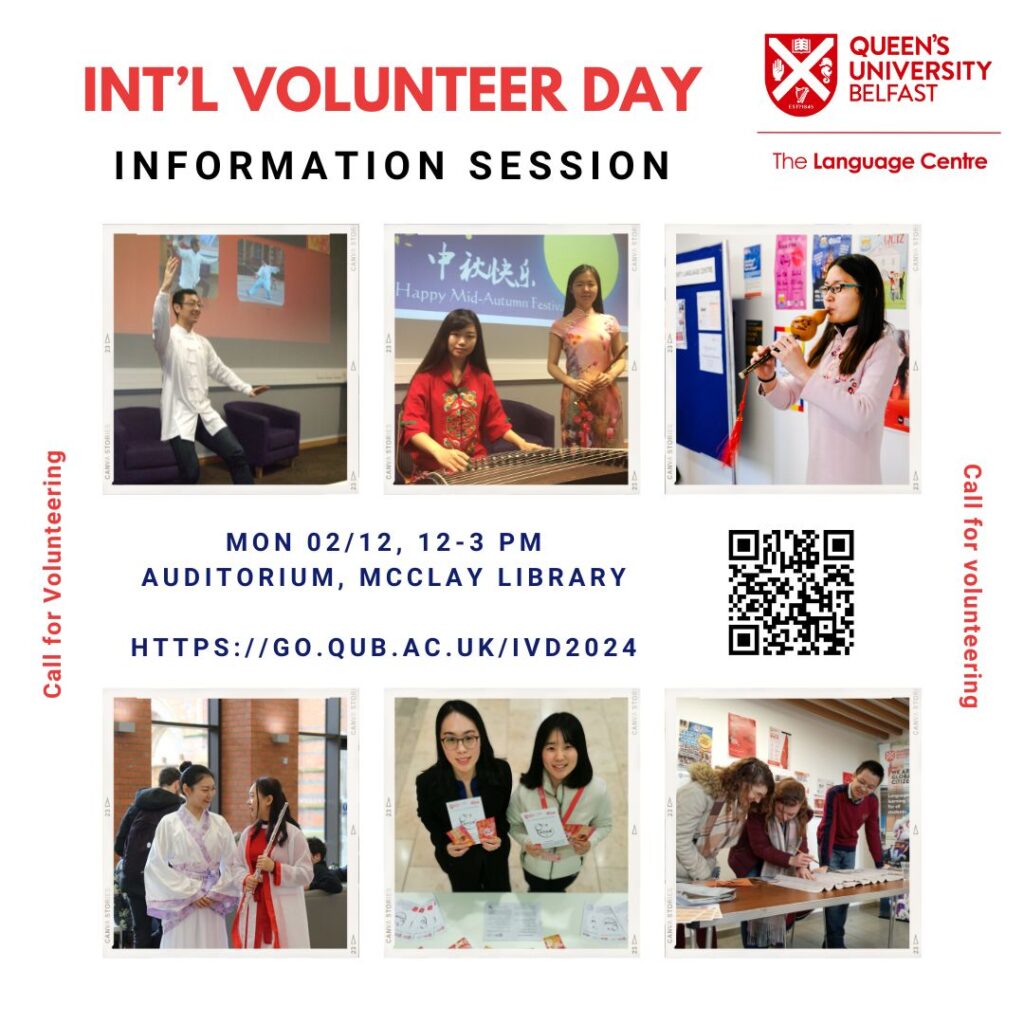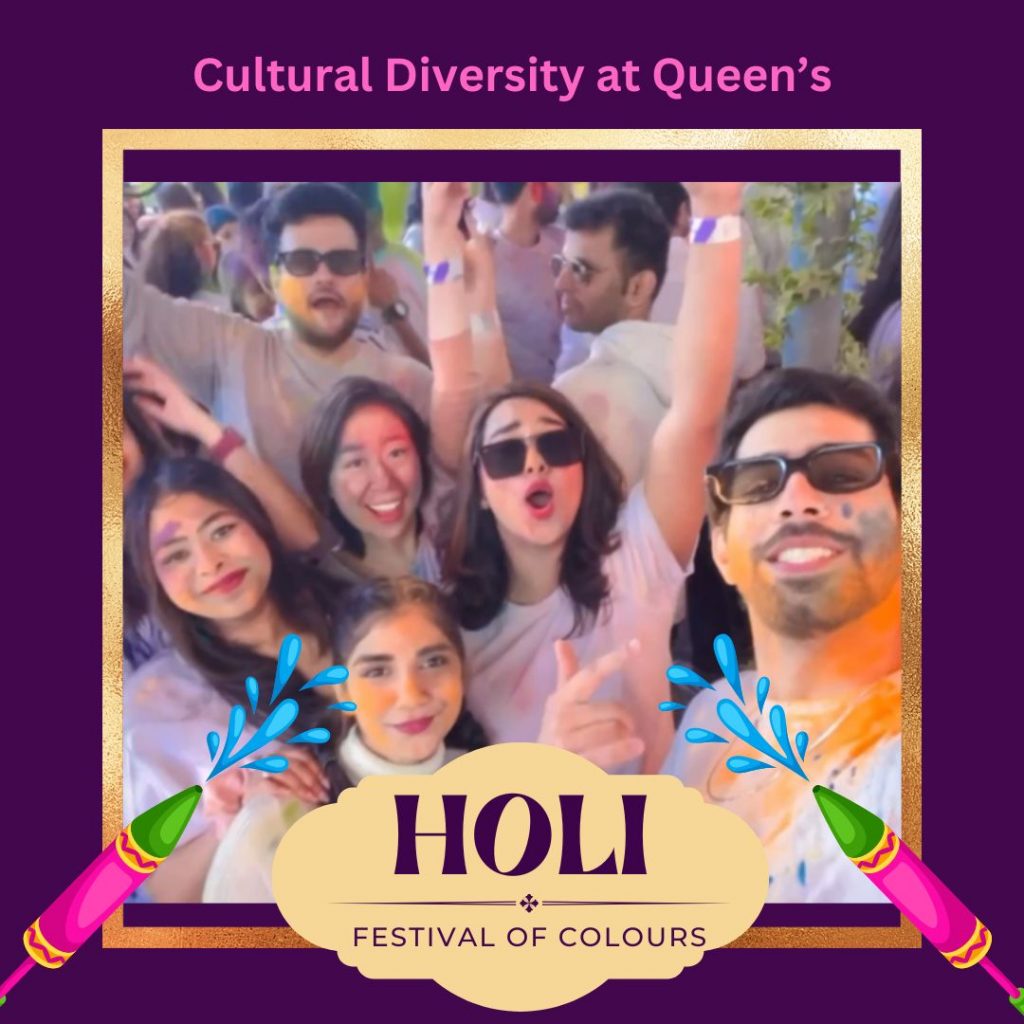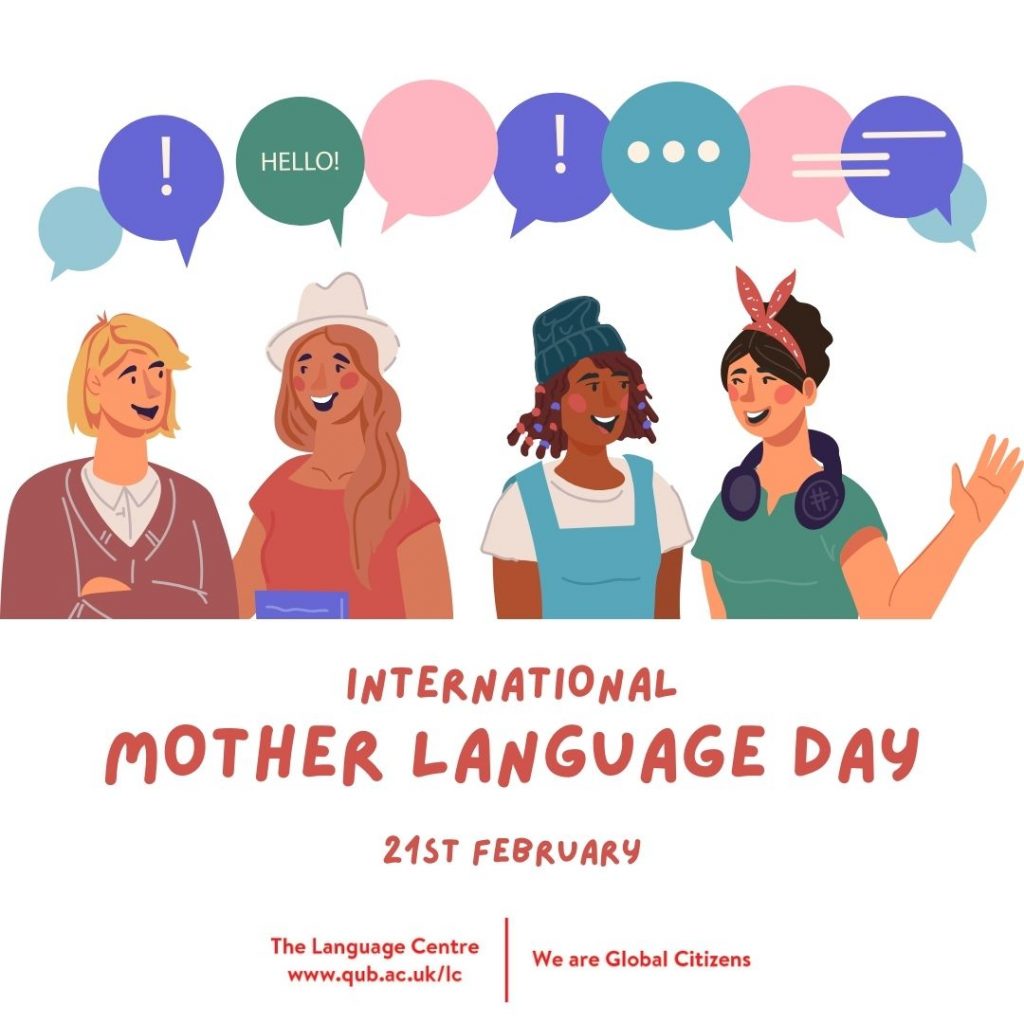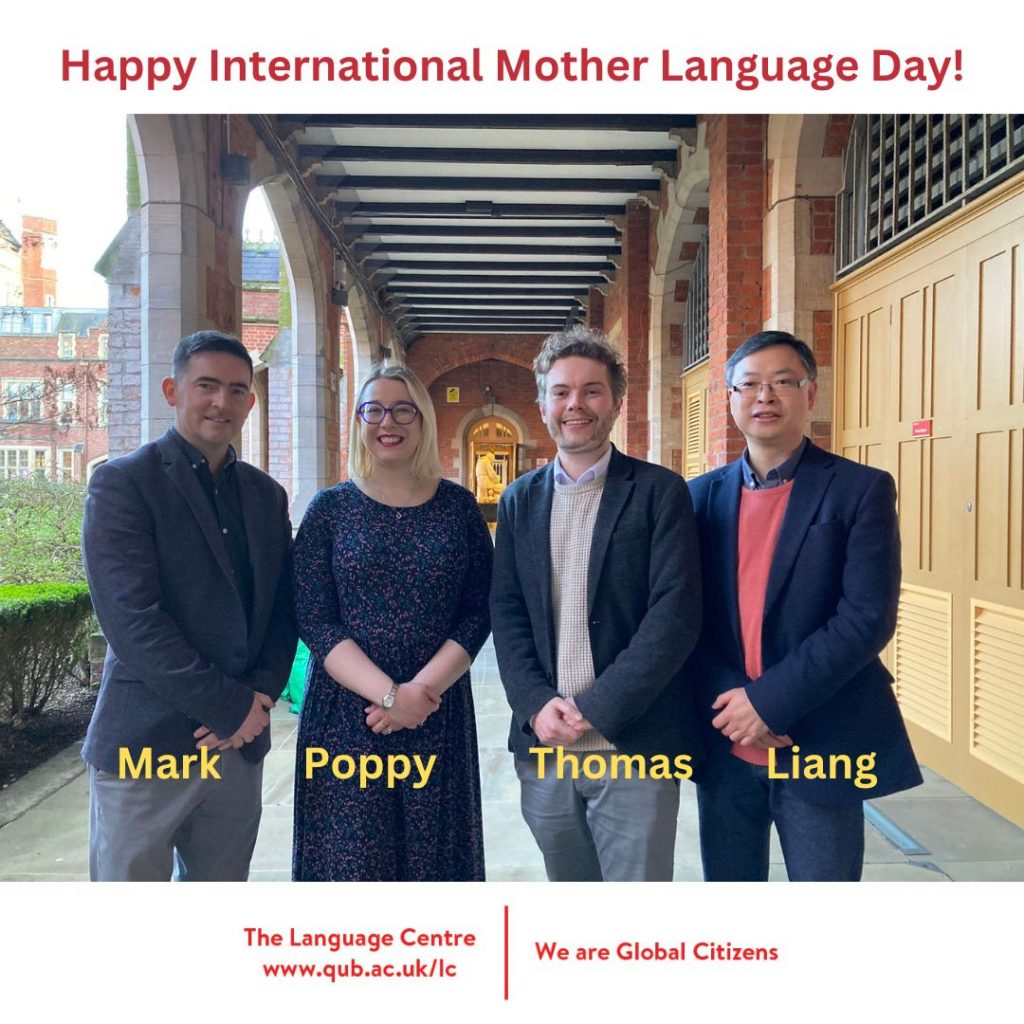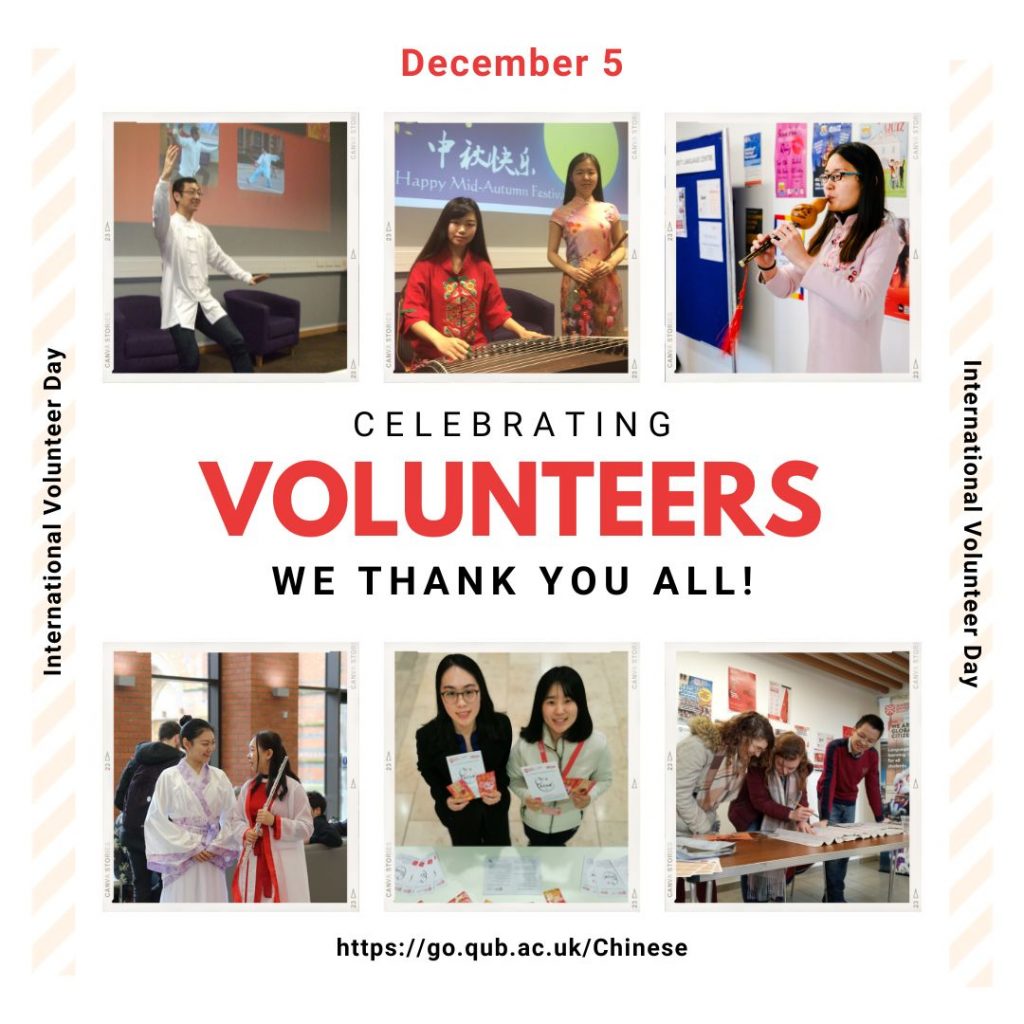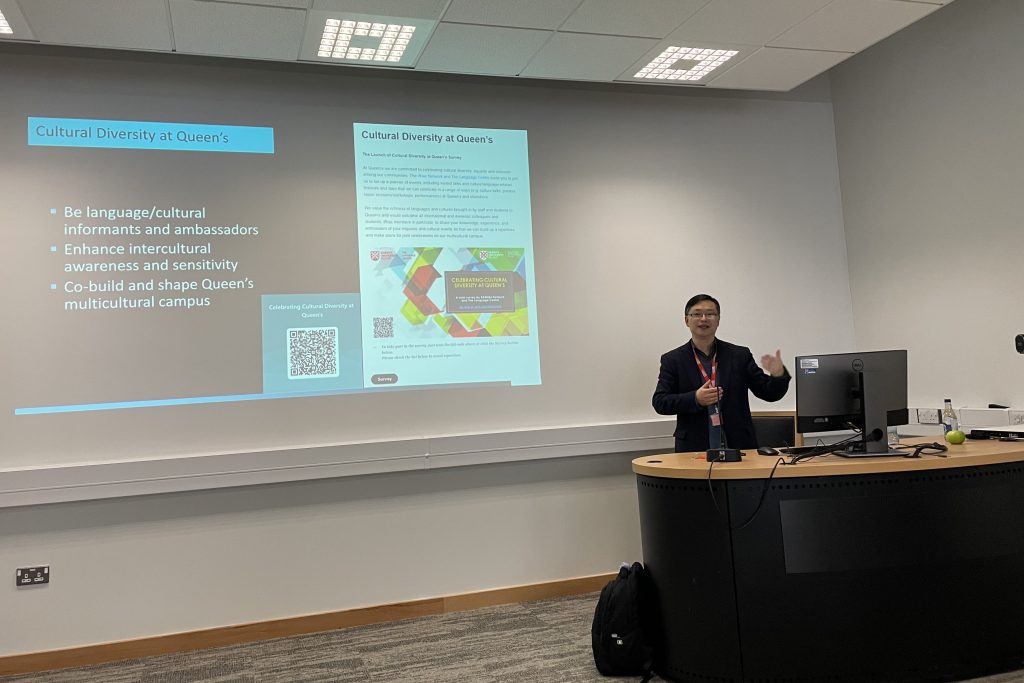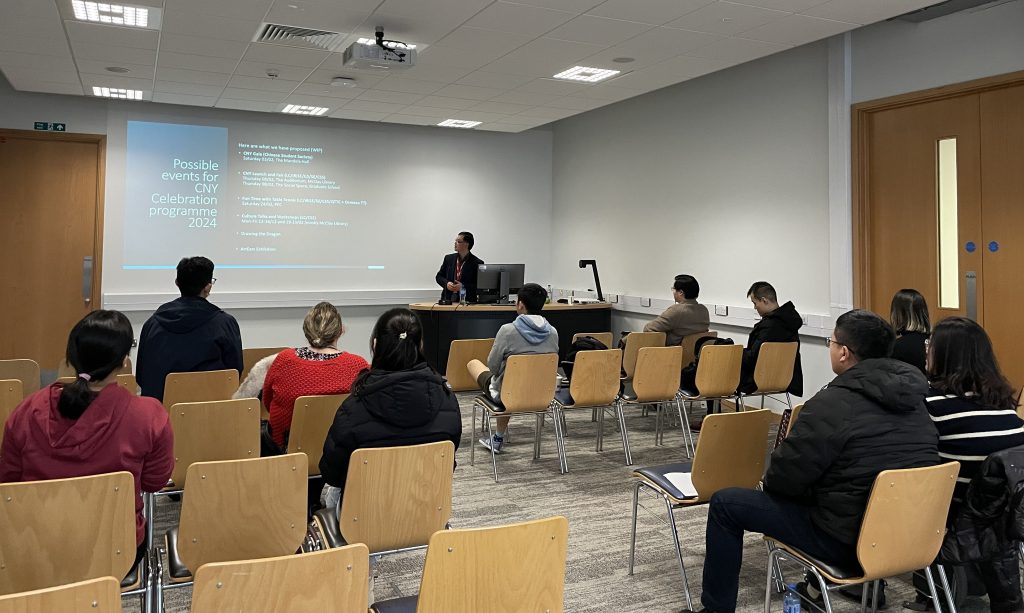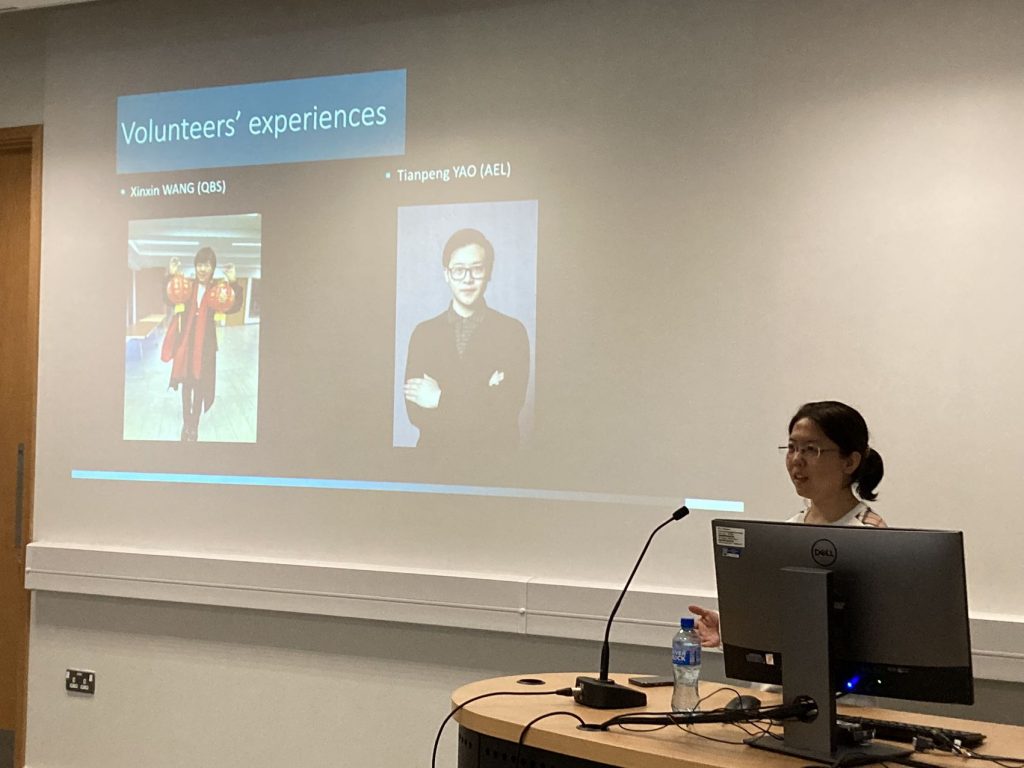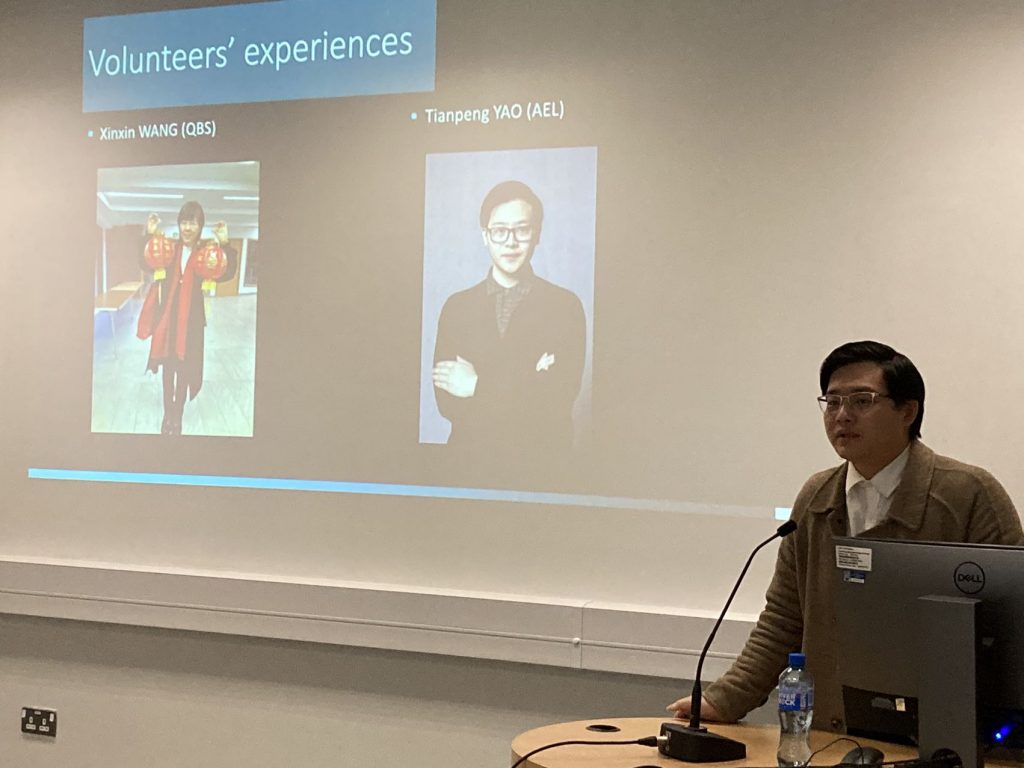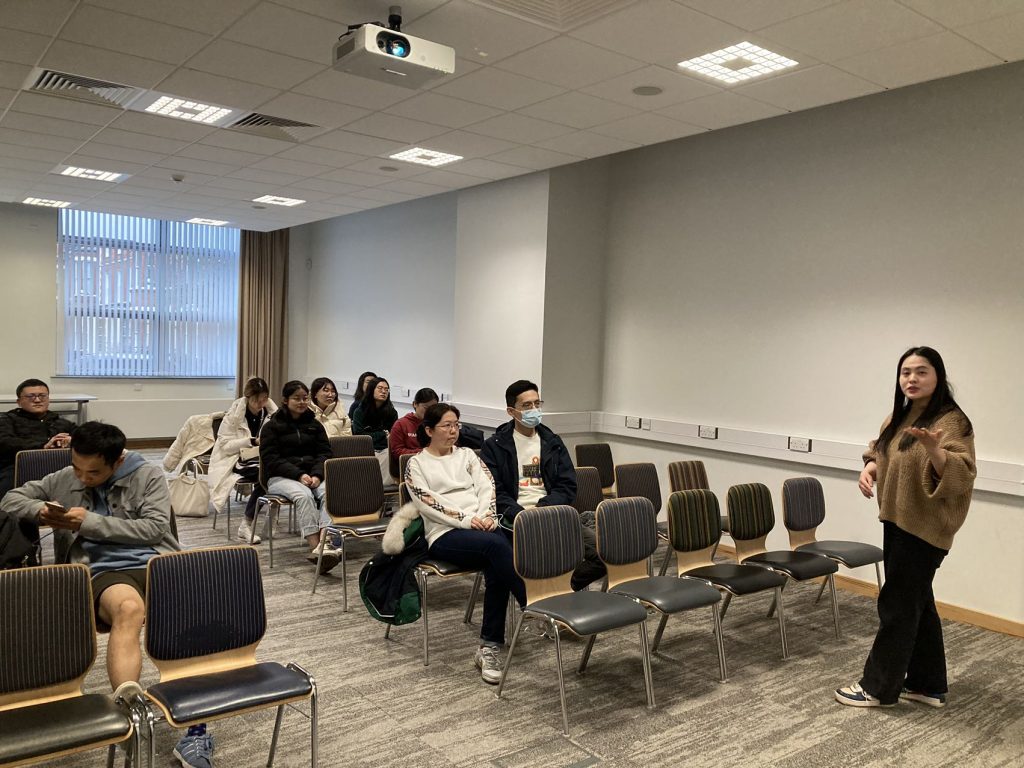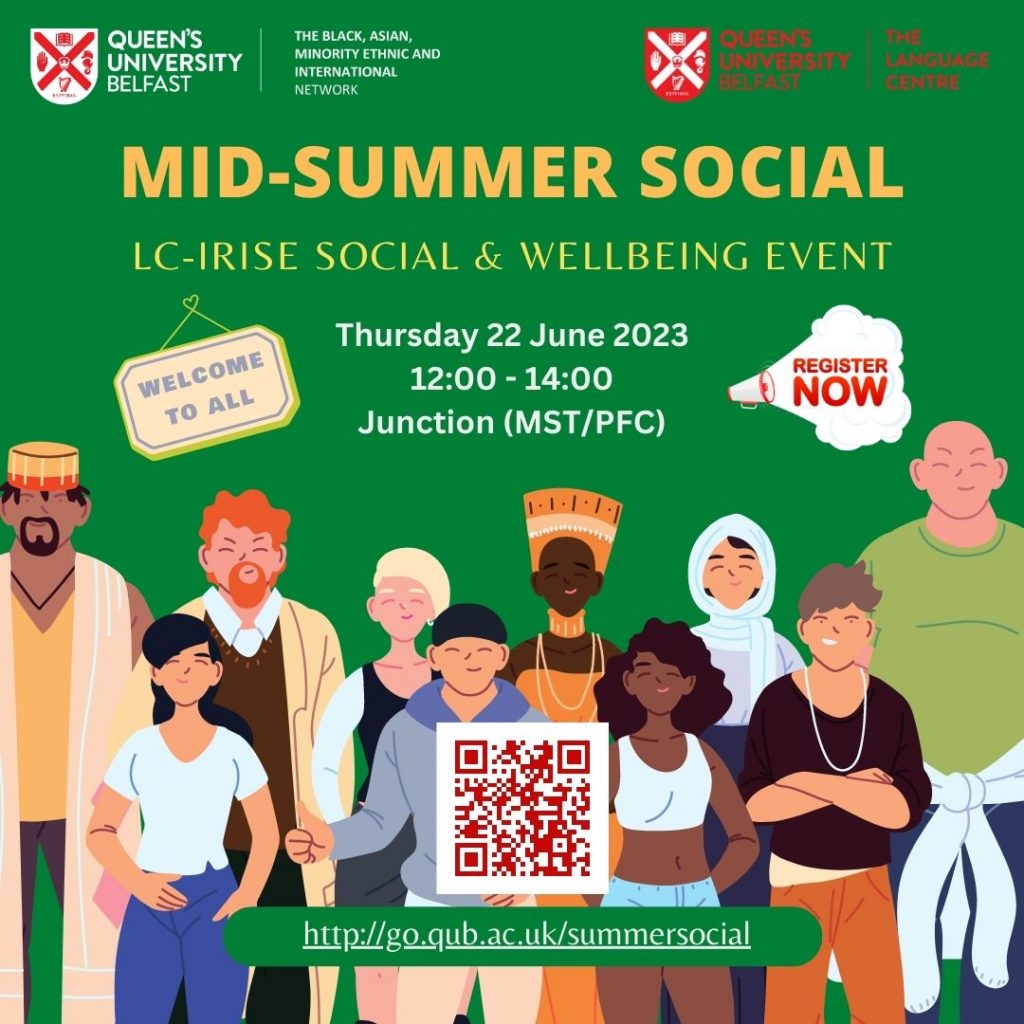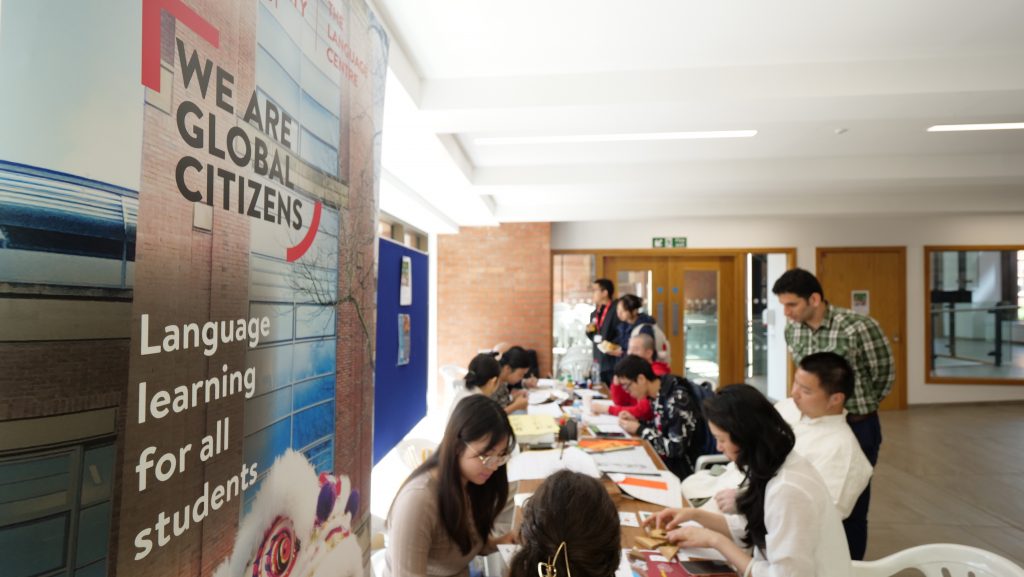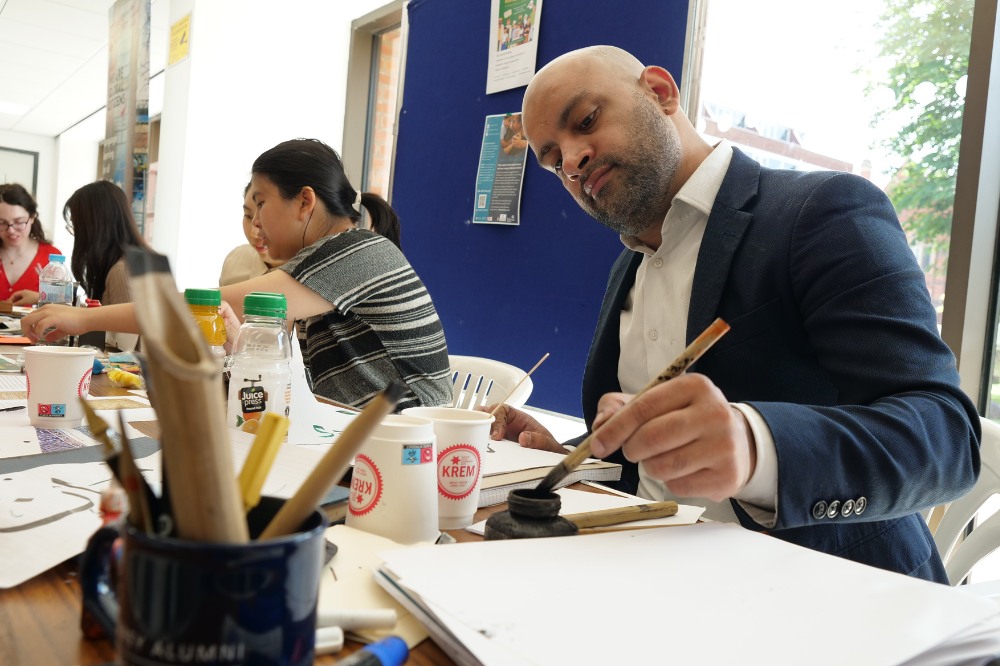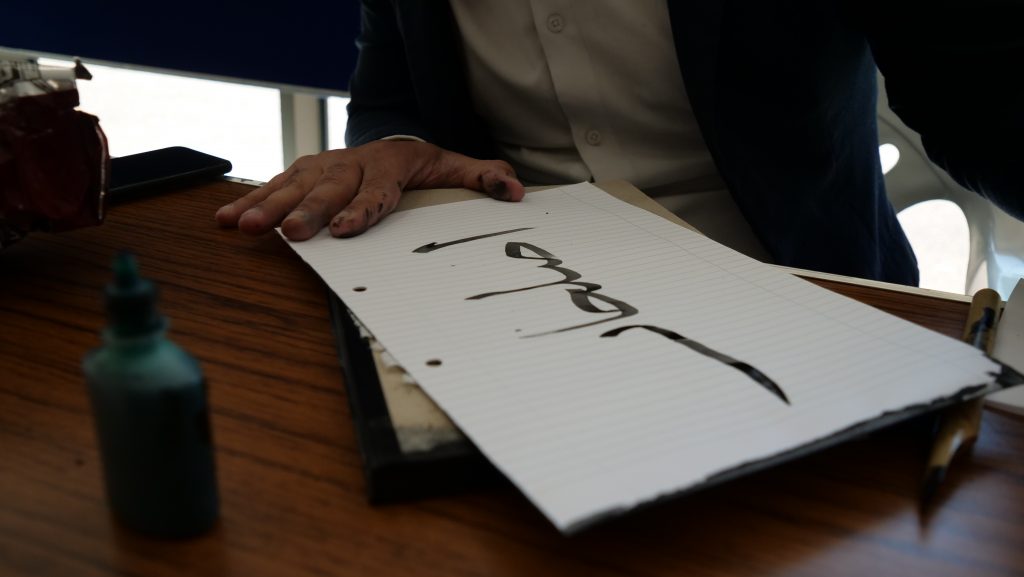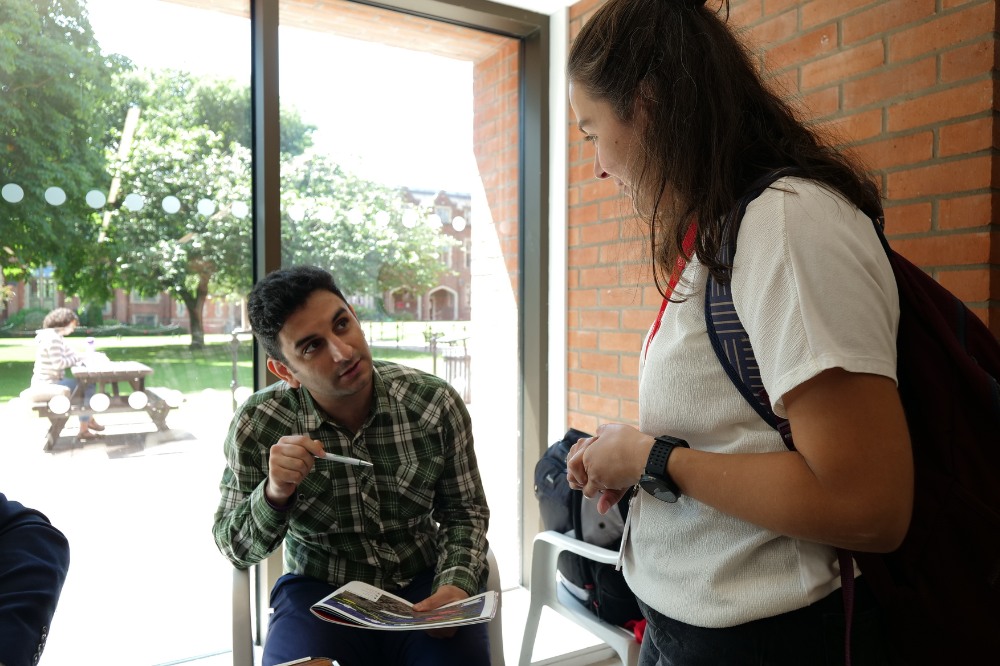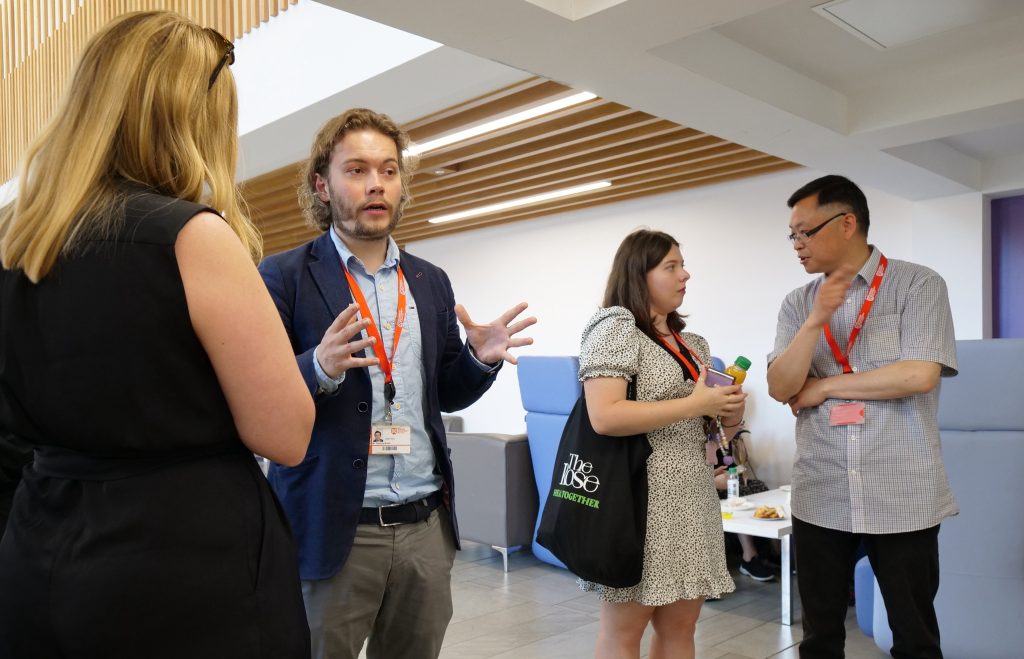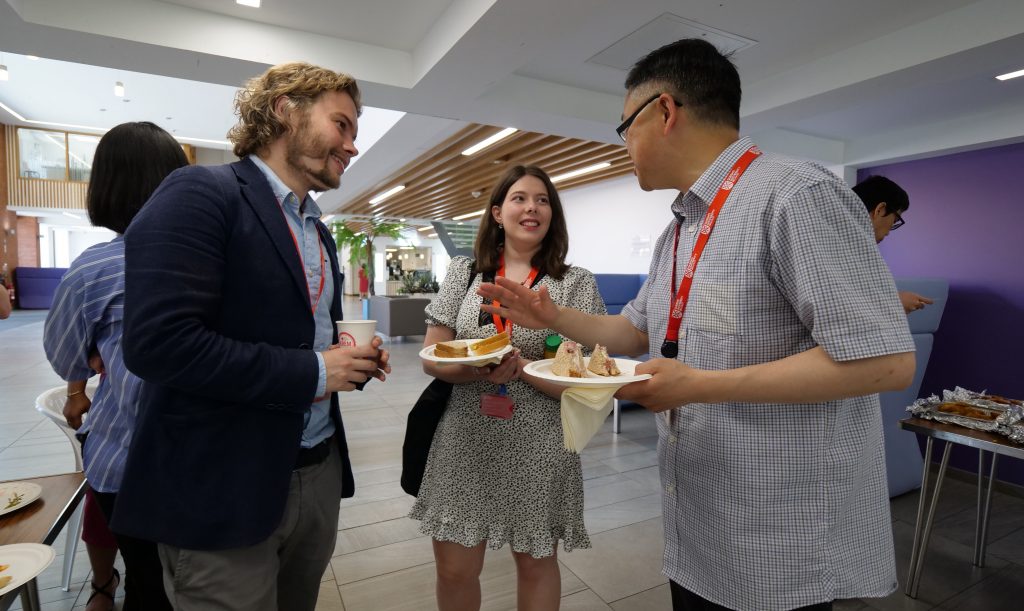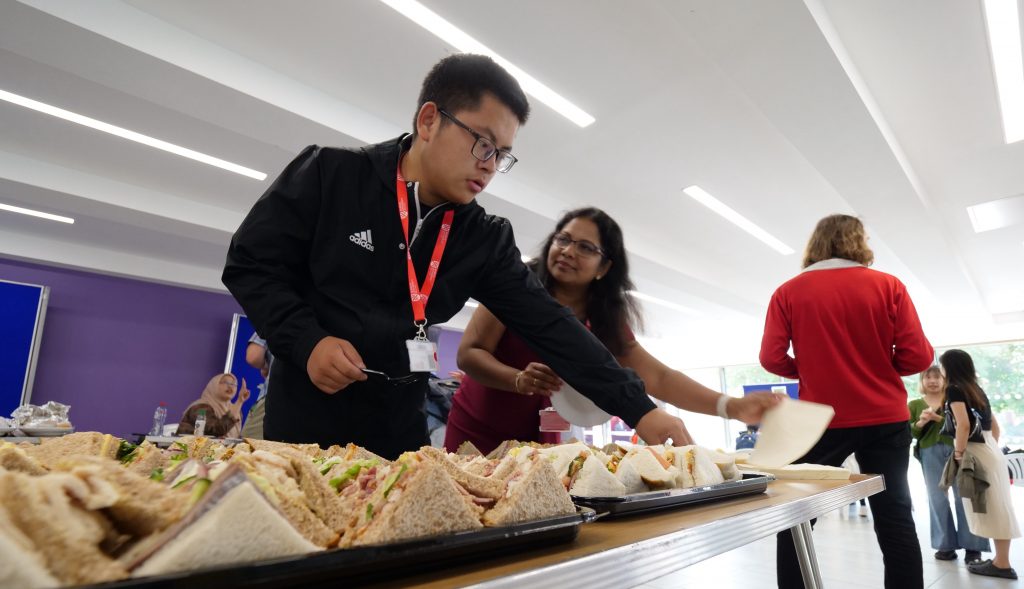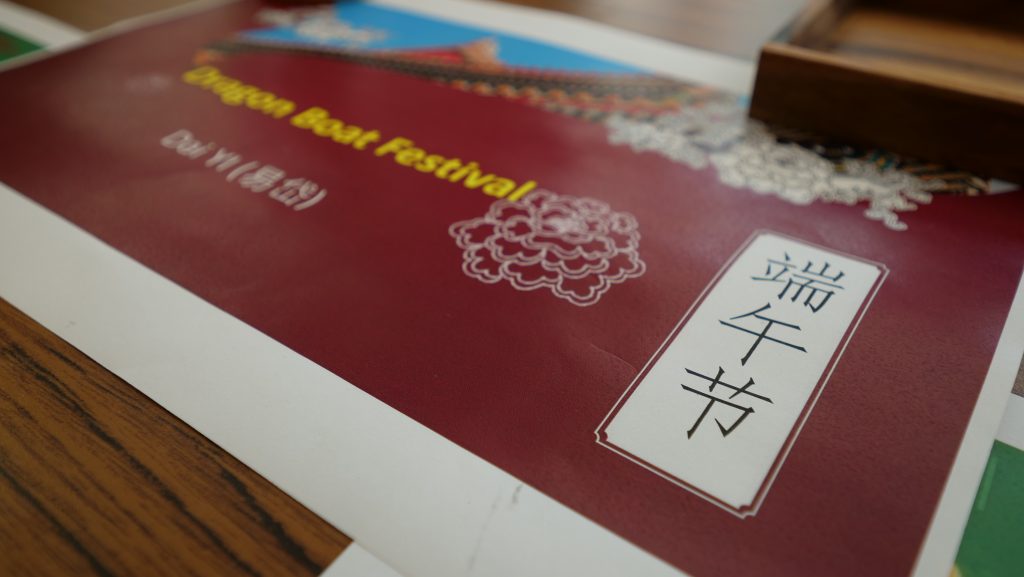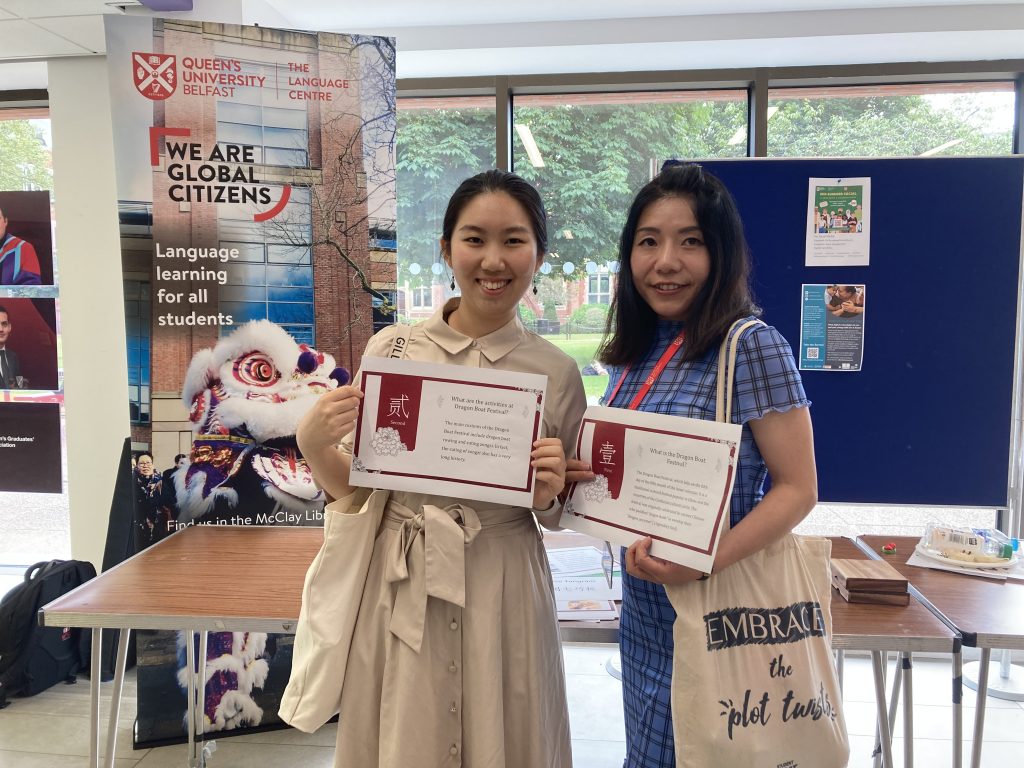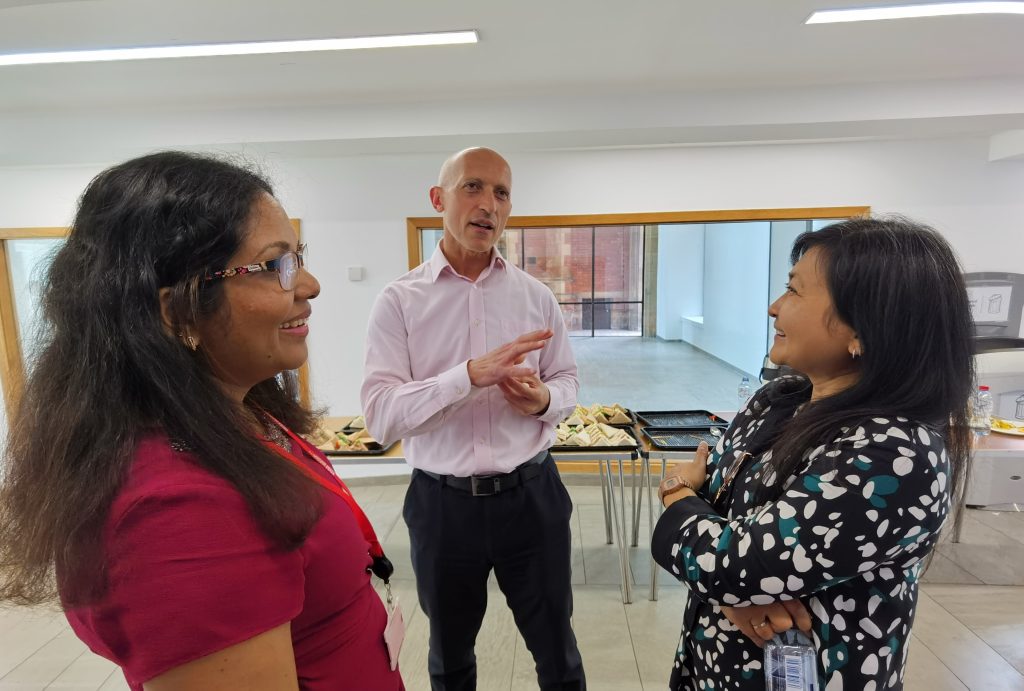Closing the Awarding Gap for International Students – A Case from QUB School of Law
Date: 17 Nov, 2025
Time: 13:00 – 15:30
Venue: Canada Room / Council Chamber
Speakers
- Dr Gift Sotonye-Frank, Lecturer, School of Law
- Dr Zi Yang, Lecturer, School of Law
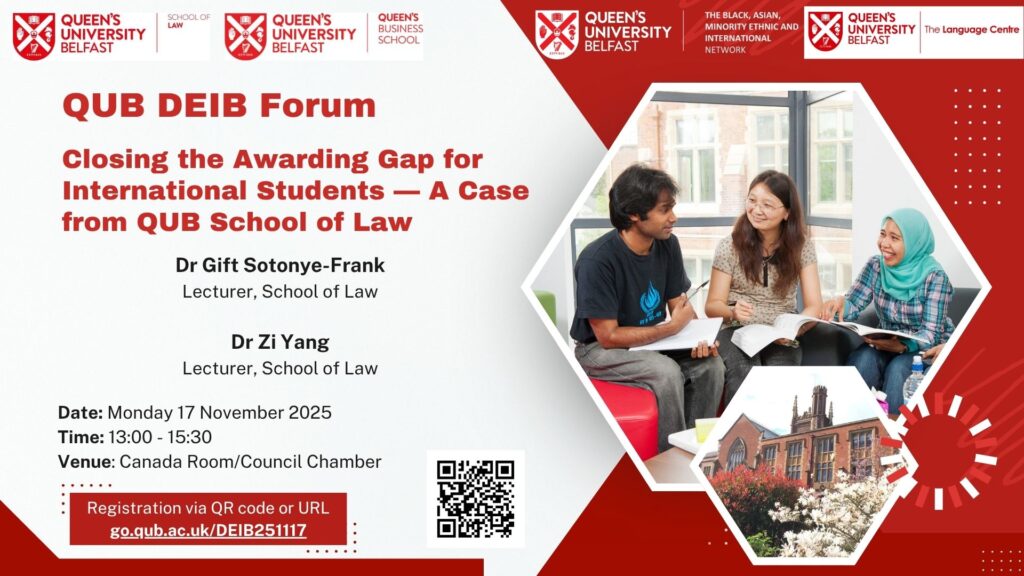
This DEIB Forum series is dedicated to exploring and strengthening support for international students and staff at Queen’s.
The upcoming session will focus on “The Awarding Gap for International Students”, using a Law programme module as a case study. Drawing on research by a team of Law academics from diverse cultural backgrounds, the forum will examine the issue from an intercultural perspective, highlighting how a deeper understanding of international students’ experiences can inform more inclusive assessment practices.
The Forum includes a presentation, followed by a panel discussion led by Dr Victoria Barnes, Associate Dean of Education, Faculty of Arts, Humanities and Social Sciences.
This forum suits colleagues from QUB Schools and Faculties who are interested in this topic. Students and student society representatives are also welcome to attend and join in the discussion.
Agenda
- Welcome and Introduction
- Presentation
- Panel discussion with Q&A
- Closing remarks
Places are limited to max. 30 and we have the first-come, first-served policy. The registration form will be closed once places are taken, or by 5 pm, Friday 14th November the latest.
To book the place, please click the button below.

